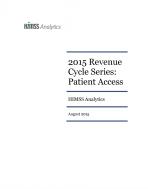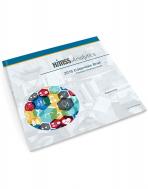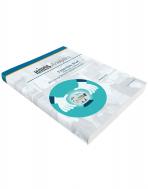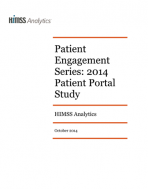Essentials Briefs
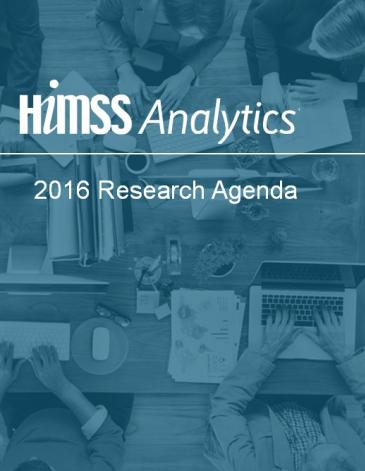
View our Essentials Briefs Research Agenda with topics in:
- Population Health
- Telemedicine
- Clinical & Business Intelligence
- RCM: Denial Management
- PM & EHR Ambulatory Research
- Precision Health
- Alternative Payment Models
- Security
Get the Study
MORE RESEARCH REPORTS
This latest installment in the Revenue Cycle series is an expanded follow-up to the 2013 Inpatient Revenue Cycle study. Key findings include:
- An uptick in the usage of automated revenue cycle patient access solutions between 2013 and 2015,
- Over 70% of study respondents that use patient access solutions do so via hosted, web-based, Software as a Service (SaaS) deployment method for at least one function
- As patient portals are increasingly used to address patient access functionality, portal growth increased 15 percentage points from 2014 to 2015
Access the 2016 Precision Medicine Essentials Brief, a study on the U.S. Precision Medicine solutions market. This study provides insight into precision medicine solution adoption and purchase intentions from healthcare delivery organizations in the U.S. market.
HIMSS Analytics has released its most recent Essentials Brief, the 2016 Year in Review and 2017 IT Application Forecasts, which provides a high level review of 2016 Essential Brief findings and our
Patient portals typically come from the EMR vendor currently used by the organization. Indicates room for improvement, as IT executives did not display a high level of passion for their organization’s current solution. Highlights cultural issues within organizations as a major challenge to overall patient engagement initiatives.

